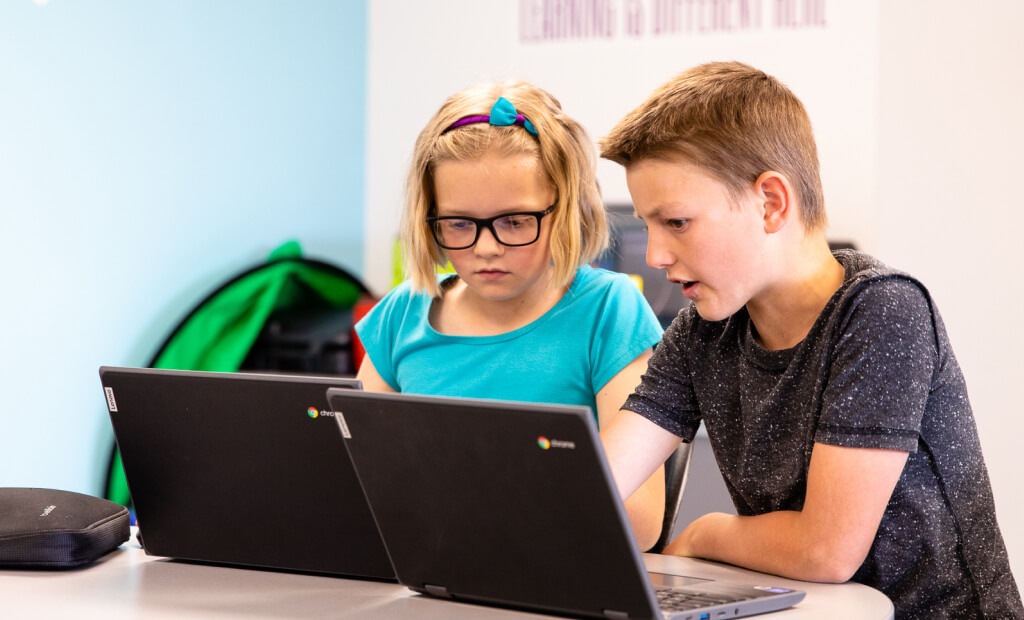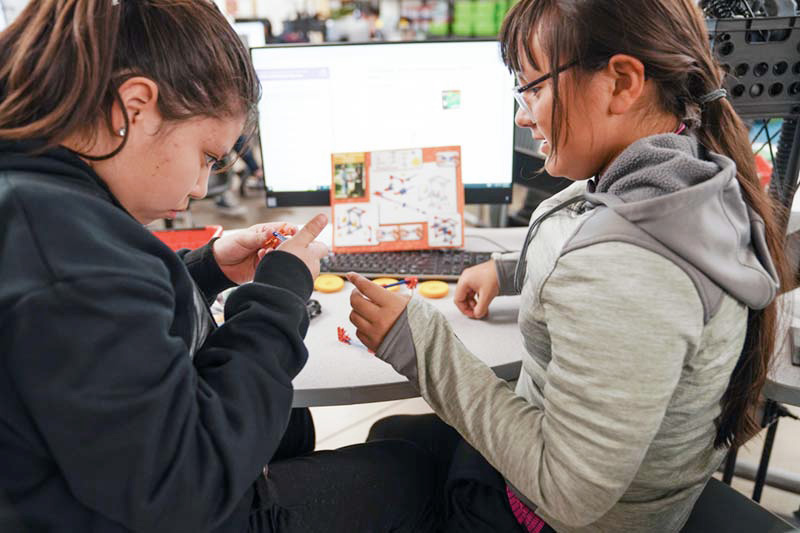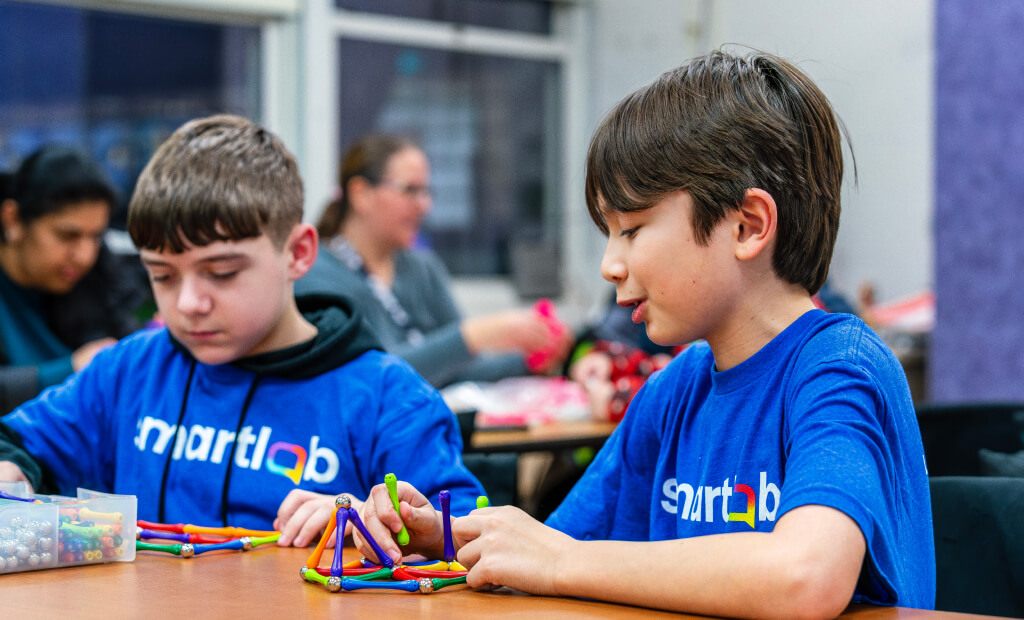HyperDocs: Building Structure and Routine in the Digital Space
A few days ago during a virtual game night, our friend joked that he’s figured out the secret to working from home: “The key is putting on real pants—when I wear jeans instead of sweatpants, I’m 10 times more productive.”
We all laughed but I knew he was right.
With the abrupt closure of many schools, you and your students have to adjust to being productive in a space usually reserved for relaxing. Gone is the environment you created to inspire a love of and motivation for learning.
Although you may still be sporting your favorite sweats, now, more than ever, it’s essential to restore your students’ sense of safety by establishing a structure and maintaining routines.
Establish a Structure
Structuring the daily schedule of 30 students in 30 different homes is nearly impossible; however, to establish a structure, I recommend that you:
- Post assignments at the same time each day or each week.
- Schedule a video or phone conference to answer any questions.
- Provide a possible schedule to help students plan their school day, or a template that allows students to drag and drop learning activities into time slots.
- Chunk learning activities into 30-minute segments to allow for more breaks and flexible scheduling.
Develop Consistency
Another strategy is to bring consistency to the resources you’re using to support remote learning activities.
If you read my earlier post, you know that one of my favorite ways to present an assignment or project is to create a HyperDoc. With this interactive document, students can complete a project from beginning to end using the resources and instructions found in one document.
Kelly Hilton, one of the first to term the coin HyperDoc, agrees that “now more than ever, organizing and packaging lessons will help students make meaning of content and keep all their digital topics and resources organized.”
I recommend structuring the HyperDoc so it mirrors the lessons you teach in the physical classroom. If, for example, your students are used to math rotations, set up a virtual math rotation for students to proceed through in a specific or self-selected order. Within your HyperDoc, you could embed:
- Videos that explain the topics or strategies
- Links to websites for additional resources
- Instructions for sub-tasks
- Spaces for student response or reflection
Taking HyperDocs to the Next Level
A true HyperDoc is more than just a digital lesson from beginning to end. HyperDocs encourage creativity, collaboration, and critical thinking. They position the student as the lead learner.
Whether you’re ready to try something brand new or want to start small, these recommendations can elevate the quality of your HyperDoc lessons:
- Use a project-based learning cycle. At Creative Learning Systems, we use EP(D/R)S: Explore, Plan, Do and Reflect, and Share. Our project cycle uses an engaging piece of technology as the medium for students to participated in self-directed PBL. To learn more about our project cycle, read last week’s blog.
- Develop cross-curricular projects. Students can practice reading strategies while building their background knowledge with the resources you provide or by conducting their own research. Next, incorporate writing expectations into designated spaces where students can reflect on their understanding and progress.
Suddenly, a social studies project can become the context for the project, while teaching students math, 3D modeling, writing, reading, research, and rhetorical thinking. Here’s what I mean:
- Challenge students to design a scale model of a statue commemorating a famous person from the Revolutionary War. Students use Tinkercad to create the 3D model and must provide calculations to show how large the statue would be if built. In addition to developing the 3D model and scale calculations, students must write a grant to a charitable organization to propose building the statue. In the grant, students need to defend their choice of the famous person.
- By completing this project, students researched the Revolutionary War, compared and contrasted key players, and explained the impact or influence of their chosen person. Students would also learn about measurement, ratios, and scale. To complete the calculations, students would be required to use multiplication and convert units of measurement. And finally, reading and writing are embedded within the research and writing of the grant proposal.
- Provide open-ended challenges. As you design your lessons, give your students open-ended challenges that allow them to incorporate their own interests or passions. If you want students to include specific information or apply certain skills, think about how it would be applied to a real-world problem or task.
- Encourage collaboration. Allow students to choose and share their HyperDoc with a partner. The pair of students will serve as peer coaches for one another, answer questions, provide feedback on the clarity and quality of work, and brainstorm possible solutions when one encounters a challenge. When students have a problem or question, encourage them to use their peer coach before reaching out to you.
For more ideas, check out these HyperDoc templates and this How To guide to get started with your very own HyperDoc lessons.
Once done, share your HyperDoc lessons with us and others by tagging #DigitalLearningHyperDocs.





